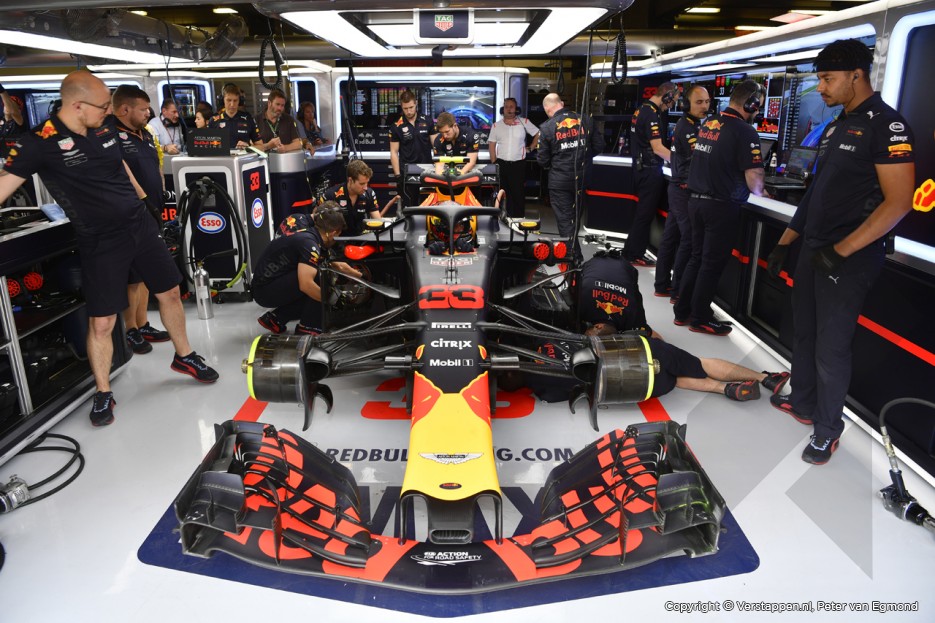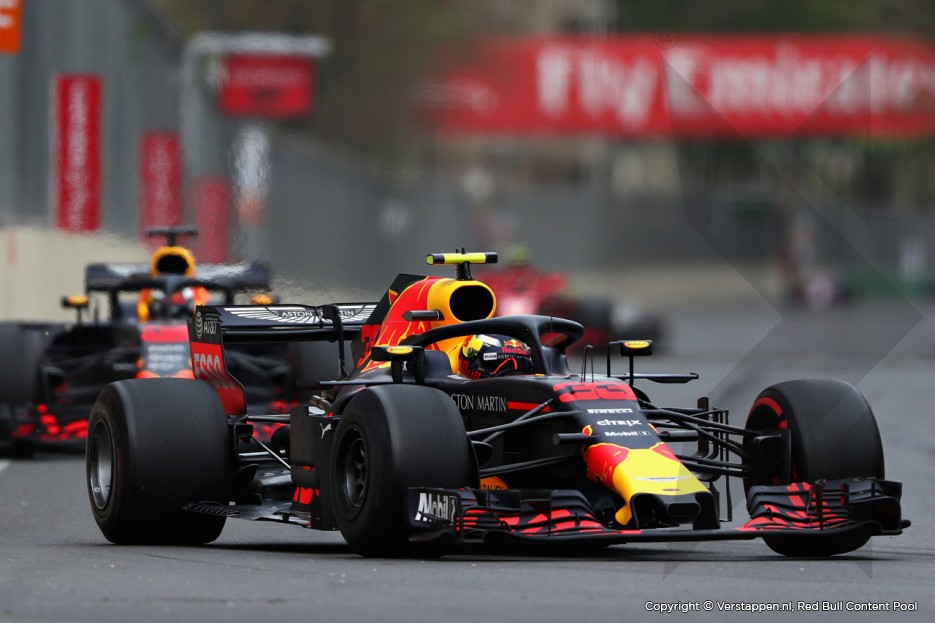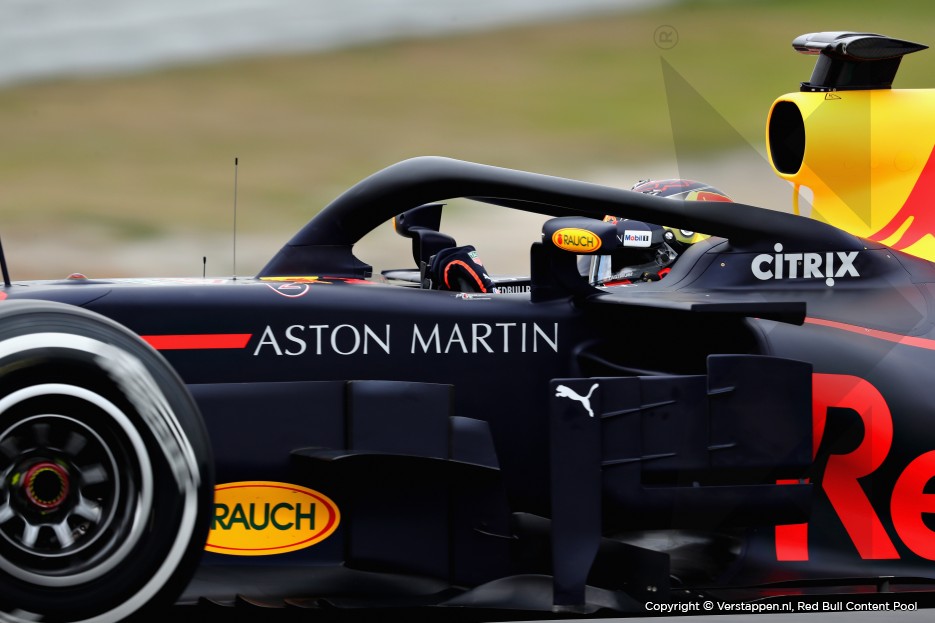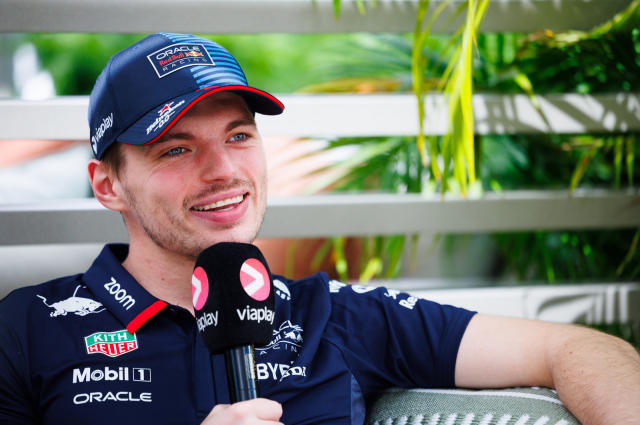Overview of the new technical rules for the upcoming season
Published on 24 January 2019 by Bryan van Berlo
F1 never stands still. The desire to find that elusive next tenth of a second pushes teams to explore every avenue of research and development, use every resource and work until the very last second.
The car changes from week-to-week, often from day-to-day: certainly, it will never race in the same specification twice. There must, however, be limits. The technical regulations exist to ensure cars are safe and don’t become too fast for the circuits to safely contain. They prevent the teams from chasing exotic, expensive materials, or developing concepts that unduly favour those with the deepest pockets.
In a more modern twist, they’re also adapted with a view to safeguarding the spectacle of racing in motorsports’ premier category and enhancing the drama. Aston Martin Red Bull Racing gives an insight in the plot twists for 2019.
Following closer
Overtaking in F1 shouldn't be easy – but there’s been a groundswell of opinion that, over the last couple of years, it’s become too difficult. A big part of the problem is ‘wake turbulence’. The aerodynamics of a Formula One car work best with a smooth, consistent airflow over the bodywork. This is problematic in open-wheel racing, as the front wheels tend to disrupt that airflow and create turbulence. Teams therefore spend a lot of time trying to push this turbulent air out to the sides, allowing ‘clean’ air to infill. This works very well for your car – but not so well for the car following it, which has to battle through a disturbed wake of dirty air. The closer the following car gets, the more severe this ‘wake turbulence is’ and the more aerodynamic performance it loses – this makes it very difficult to attack the car you’re chasing.
Many of the aerodynamic changes coming in for 2019 are tasked with decreasing the amount of wake turbulence through which a car has to drive. These are fairly small changes, and a forerunner of a bigger aerodynamic reboot planned for 2021. They may not necessarily make it easier for cars to race closer – but they are expected to prevent it getting harder. Affecting this change requires tweaks to the whole car.
Front Wings
The most noticeable change for 2019 is a new shape of front wing. It’s wider, and has fewer elements attached. In the last few years the front wings have become increasingly complicated as teams attempt to use it to condition the airflow over the rest of the car. The wings have acted as vortex generators, designed to push turbulent air out sideways. In an attempt to limit this, in 2019, front wings are limited to five elements either side. They will feature simpler endplates and are limited to two strakes under the car. The wing is moved forward to 25mm, its height increases by 20mm and the width is increased to the full 2000mm width of the car, to make up for any loss of downforce.
Brake Ducts
The original purpose of brake ducts was to ram cool air into braking systems to prevent brakes from overheating. In practice, however, brake ducts have become more complex as teams seek to use them to channel air wherever it is most effective. Placing packers and baffles in the brake ducts will redirect air not needed for cooling, so it can be used for aerodynamic gain. The design of ducts will be simpler in 2019, again with the intention of controlling the wake.
Barge Boards
The bargeboards either side of the cockpit are being moved and shrunk for 2019, in an effort to make them less effective and thus, less disruptive. The new regs make them 150mm smaller, and pushed forward 100mm
Rear Wings
Changes to the front wing, bargeboards and brake ducts will make the wake narrower – but won’t eradicate it. The redesigned rear wing is intended to deflect the turbulent air up and over the following car in an effect the aerodynamicists refer to as ‘mushrooming’. The rear wing is 20mm higher and 100mm wider than the 2018 edition. The number of endplate slots will be controlled this year, and the drag reduction system is made more powerful with the opening between the flap and main plane increased by 20mm, which is intended to make the DRS 25 per cent more effective.
Rear Endplate Lights
Not everything in this year’s technical package is obsessed with overtaking. Additional LEDs on the rear of the car are intended to increase visibility in bad weather. Joining the large centre light, two further warning lights will be added to the rear of the car, mounted high on the rear wing. These were trialled in 2018, and must be used whenever the driver is using Intermediate or Wet tyres.
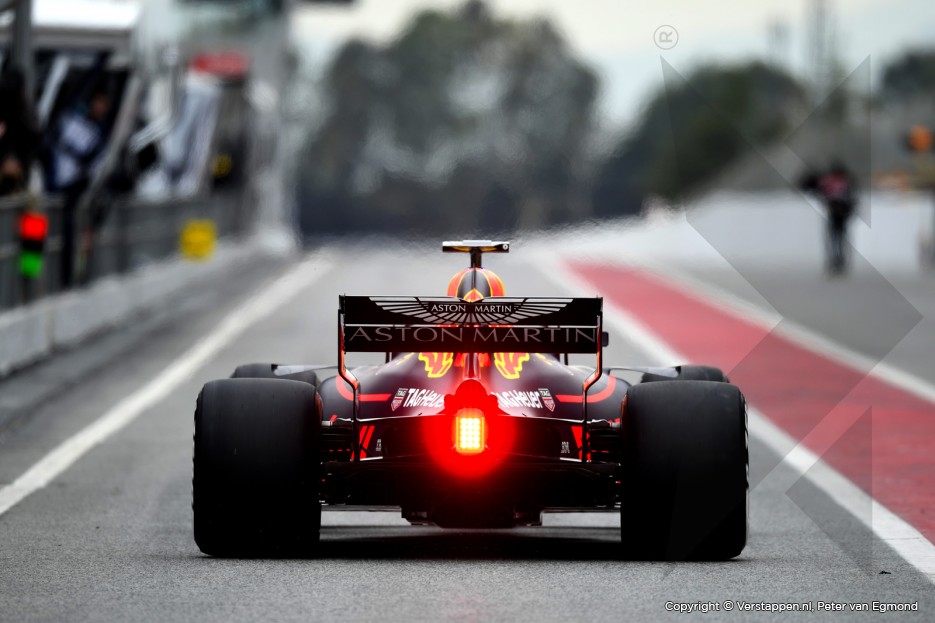
Weight
The minimum dry weight of the car rises again, up to 743kg. Of greater significance is the requirement that at least 80kg of this must be the driver, his seat and kit. For years, heavier drivers have been disadvantaged by a rule that considered car plus driver together. Either the car was simply heavier – and thus slower – with the driver on board or, in the case of a car that achieved the goal of coming in under the minimum weight, the lighter driver could have ballast placed in more advantageous positions. In 2019, if the driver, his kit and seat don’t reach 80kg, the difference will have to be made up with ballast positioned within the cockpit opening (usually under the seat), rather than where the weight will improve balance and handling.
Fuel use
Not a change in the technical regulations but a change in the sporting regs that may have a knock-on effect on the technical layout of the car. The maximum fuel allowance for the race is rising from 105kg to 110kg, which will entail a slightly larger fuel bladder. Or, not. There’s no obligation for teams to use more fuel, and thus no obligation to design a car with a bigger tank.

